At the end of the trading session last week (April 19), Robusta coffee prices on the ICE Futures Europe London exchange slightly adjusted, the delivery period in May 2024 increased by 2 USD, trading at 4,083 USD/ton. The delivery period in July 2024 increased by 18 USD, trading at 4,080 USD/ton. The average trading volume was high.
Arabica coffee prices on the ICE Futures US New York exchange increased, with the May 2024 delivery term up 1.55 cents, trading at 241.40 cents/lb. Meanwhile, the July 2024 delivery term increased 0.75 cents, trading at 231.85 cents/lb. Trading volume was high on average.
At the end of the week, coffee prices on both exchanges recovered slightly. Concerns about drought in key coffee growing areas in Vietnam affecting the next crop continued to push the market up.
According to experts, the world's coffee output this year is expected to decrease by about 10 - 15%. Meanwhile, Vietnam's output in the 2023 - 2024 crop year is forecast to decrease by 10%. In addition, geopolitical tensions around the world have caused shipping costs and many other costs to increase, thereby creating pressure to push coffee prices even higher.
 |
In the first quarter of 2024, Vietnam exported 585,696 tons of coffee with a turnover of 1.9 billion USD. |
The Vietnam Coffee and Cocoa Association believes that the next crop's coffee output will decrease due to heat and drought in many coffee growing areas in the Central Highlands.
Coffee supply will continue to be tight as Brazil’s new harvest will not begin until July. Meanwhile, Indonesian coffee is mainly for domestic consumption, with limited export supply. Therefore, roasters around the world rely mainly on supplies from Vietnam.
Compared to the same period last year, in the first quarter of 2024, coffee export volume increased by only 5.9% but coffee export value increased by 56.7%. The reason is that the average export price of Vietnam's coffee reached 3,288 USD/ton, an increase of 47% compared to 2,222 USD/ton in the same period last year.
Coffee prices in the Central Highlands provinces remained stable at the end of April 19 compared to early morning, after increasing by VND1,000 - 1,200/kg compared to the end of April 18. Coffee prices are fluctuating between VND120,600 - 121,200/kg, with an average selling price of VND121,000/kg.
Specifically, in Lam Dong province, the price of raw coffee beans is 120,600 VND/kg. Meanwhile, the price of coffee in Cu M'gar district; Buon Ho town of Dak Lak province is currently at 121,000 VND/kg.
In some other localities, coffee prices at the end of April 19 remained stable as at the beginning of the trading session. For example, in Dak Nong, coffee is currently at the highest price in the region at 121,200 VND/kg. Currently, coffee prices in Gia Lai and Kon Tum provinces are both at 120,800 VND/kg.
Domestic coffee prices continue to climb strongly, regardless of the world market. The highest domestic coffee price traded in this week's closing session was VND124,000/kg, recorded in Dak Nong.
Recently, the price of coffee in the world, especially Robusta, has continuously increased and reached a record level. Coffee prices have increased partly due to concerns about supply shortages. According to experts, the world's coffee output this year will decrease by about 10-15%. Meanwhile, geopolitical tensions in the world have caused transportation costs and many other costs to increase, thereby creating pressure to make coffee prices increase even higher.
Vietnam's output in the 2023-2024 crop year is forecast to decrease by 10%. Concerns about drought in key coffee growing areas in Vietnam affecting the next crop continue to push the market up. The Vietnam Coffee and Cocoa Association (Vicofa) believes that coffee output in the next crop will decrease due to heat and drought in many coffee growing areas in the Central Highlands.
Coffee supply is expected to remain tight as Brazil’s new harvest will not begin until July. Meanwhile, Indonesian coffee is mainly for domestic consumption, with limited exports. Therefore, roasters around the world still rely mainly on supplies from Vietnam.
Source




![[Photo] General Secretary To Lam concludes visit to Russia, departs for Belarus](https://vphoto.vietnam.vn/thumb/1200x675/vietnam/resource/IMAGE/2025/5/11/0acf1081a95e4b1d9886c67fdafd95ed)

![[Photo] General Secretary To Lam arrives in Minsk, begins state visit to Belarus](https://vphoto.vietnam.vn/thumb/1200x675/vietnam/resource/IMAGE/2025/5/11/76602f587468437f8b5b7104495f444d)
![[Photo] General Secretary To Lam meets and expresses gratitude to Vietnam's Belarusian friends](https://vphoto.vietnam.vn/thumb/1200x675/vietnam/resource/IMAGE/2025/5/11/c515ee2054c54a87aa8a7cb520f2fa6e)
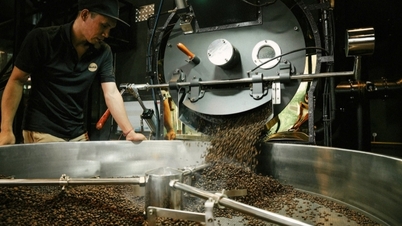





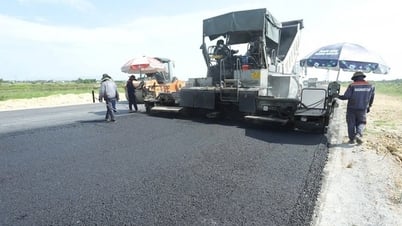
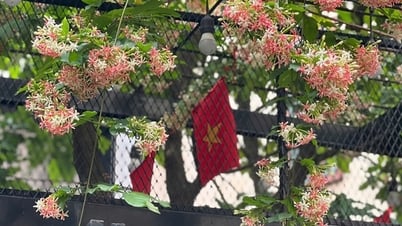








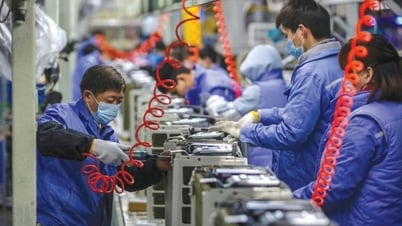




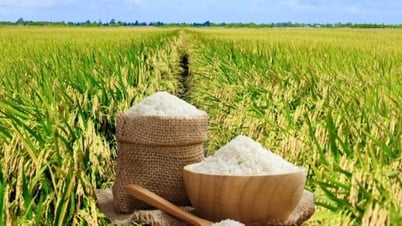
![[Photo] National Assembly Chairman Tran Thanh Man attends the Party Congress of the Committee for Culture and Social Affairs](https://vphoto.vietnam.vn/thumb/1200x675/vietnam/resource/IMAGE/2025/5/11/f5ed02beb9404bca998a08b34ef255a6)






























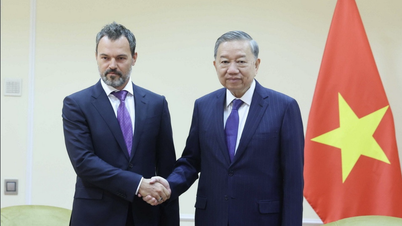

















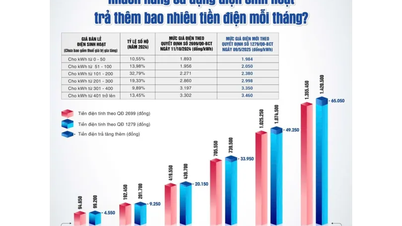
















Comment (0)